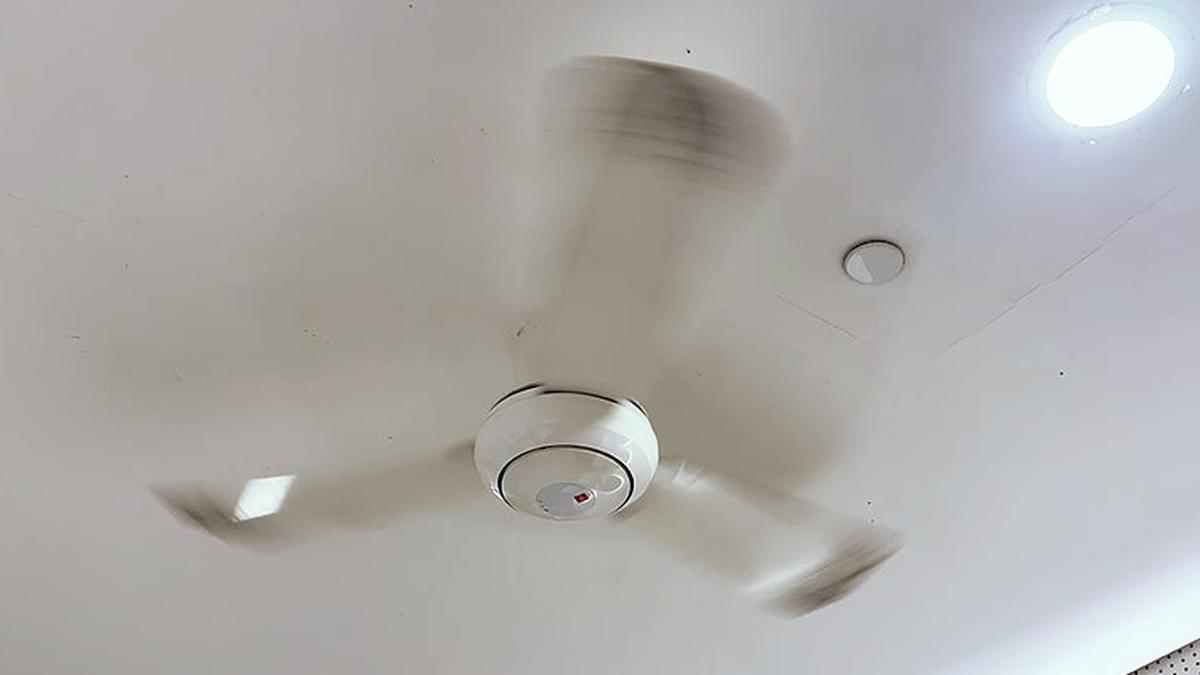The India Meteorological Department (IMD) on Monday (May 26, 2025) adopted the Bharat Forecast System (BFS), which promises more fine-tuned and accurate rain forecasts down to the panchayat level.
The improvements will largely be visible in the “short- and medium-term” forecasts (three- and seven-day lead times) issued by the IMD but not in the long-range forecasts, usually given a month in advance.
Also read: Rain updates on May 26, 2025
The BFS has been tested since 2002 and has shown “notable improvements” in giving advance warning of heavy rainfall events, M. Ravichandran, Secretary, Ministry of Earth Sciences (MoES) said. The BFS was developed by the Indian Institute of Tropical Meteorology (IITM), part of the MoES. IMD is also an MoES organisation.
The improvement in the forecasts is due to the IITM significantly improving the existing weather forecast models as well as harnessing more powerful computing capabilities. For analysis, the current weather forecast models cut up the globe into gridded squares of 12-km sides; the newer BFS model breaks it down into 6-km sides – leading to a four-fold improvement. “India is the only country that will now provide operational weather forecasts at a 6 km by 6 km resolution. Until now we have been able to give block-level forecasts five days ahead; now we can give up to the level of a panchayat, or a few villages. This is useful because there can be important weather variations even within a block,” said M. Mohapatra, Director-General, IMD.
Science Minister Jitendra Singh said: “The efforts are Indian, the technology is Indian, and the beneficiaries are Indian. This is true Atmanirbharta. Moreover, this system will also benefit other tropical regions globally, which face the most complex and variable weather challenges.”
Another major change, said Mr. Ravichandran, was using a new ‘grid structure’. Earlier, weather models would break the globe into equal-sized grids. “Now we use a grid-structure called the triangular-cubic octahedral (TCO). This generates more grids, and therefore higher resolution, over the tropical regions than the poles. As weather here is more volatile, this is more important for our forecast purposes,” he said.
However, the new system would not yet be able to significantly improve forecasts of phenomenon such as sudden, severe thunderstorms. “We have different models for that. We are in the process of installing 34 Doppler Weather Radars, in the coming year, which will add to the existing 53,” Mr. Mohapatra added.
The improved forecasting system is made possible with high performance computing systems ‘Arka’ and ‘Arunika’ located at the IITM, Pune and the National Centre for Medium Range Weather Forecasting, Delhi.
The IITM system is equipped with a capacity of 11.77 Peta FLOPS and 33 petabytes of storage, while the NCMRWF facility features 8.24 Peta FLOPS with 24 petabytes of storage. Additionally, there is a dedicated standalone system for Artificial Intelligence and Machine Learning applications with a capacity of 1.9 Peta FLOPS. A peta-flop is one quadrillion floating-point operations per second.
Published - May 26, 2025 10:39 pm IST



.png)
.png)
.png)
















 1 week ago
7
1 week ago
7










 English (US) ·
English (US) ·